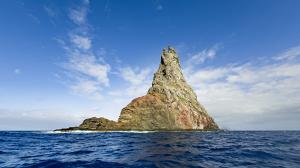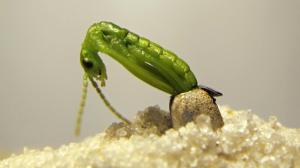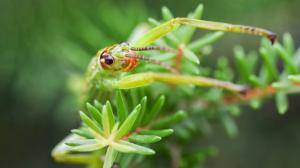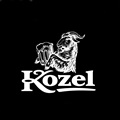Feeding of tree lobsters
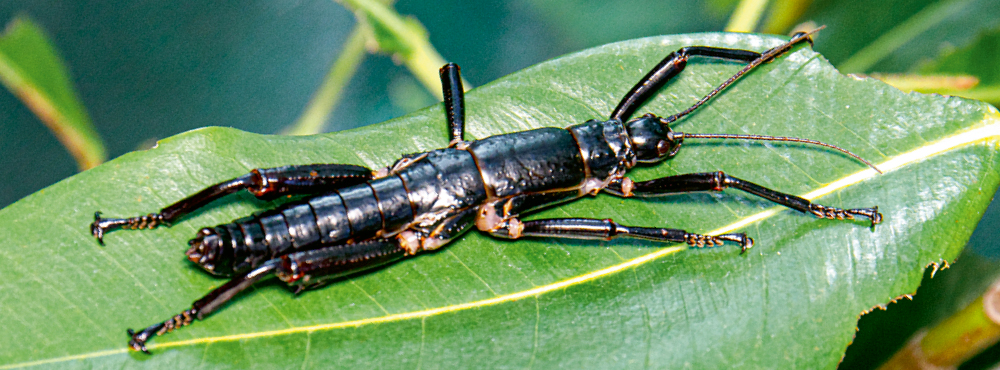
On Ball's Pyramid, the Lord Howe Island stick insect feeds exclusively on the Melaleuca howeana tea tree, a shrub endemic to the Lord Howe Island group. To provide for these picky eaters in human care, a suitable alternative had to be found—a task that proved challenging.
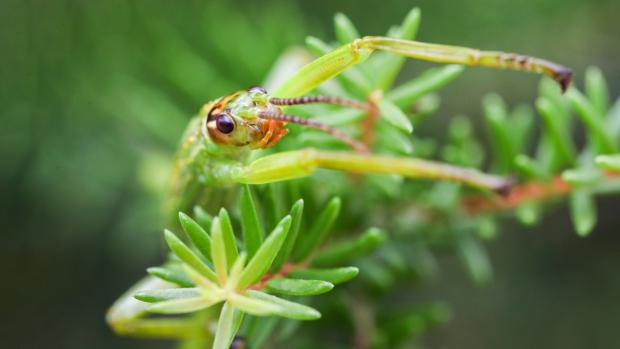 Lord Howe Island stick insect on the endemic Lord Howe Island tea tree (Melaleuca howeana). Photo: Rohan Cleave, Zoos Victoria
Lord Howe Island stick insect on the endemic Lord Howe Island tea tree (Melaleuca howeana). Photo: Rohan Cleave, Zoos Victoria
During the 2001 expedition to Ball’s Pyramid, only a single vital tea tree shrub was discovered, a consequence of an exceptionally dry year. Despite these extreme conditions, the Lord Howe Island stick insects managed to survive. A year later, another expedition found more green shrubs, along with a greater number of stick insects.
When the breeding programme on the Australian mainland began in 2003, special permission was granted by the Lord Howe Island Board to cultivate the endemic tea tree—but strictly for feeding the insects housed at facilities in Sydney and Melbourne. The plant was not to be propagated beyond this purpose, and any cultivated specimens had to be destroyed if the facility no longer kept the giant phasmids.
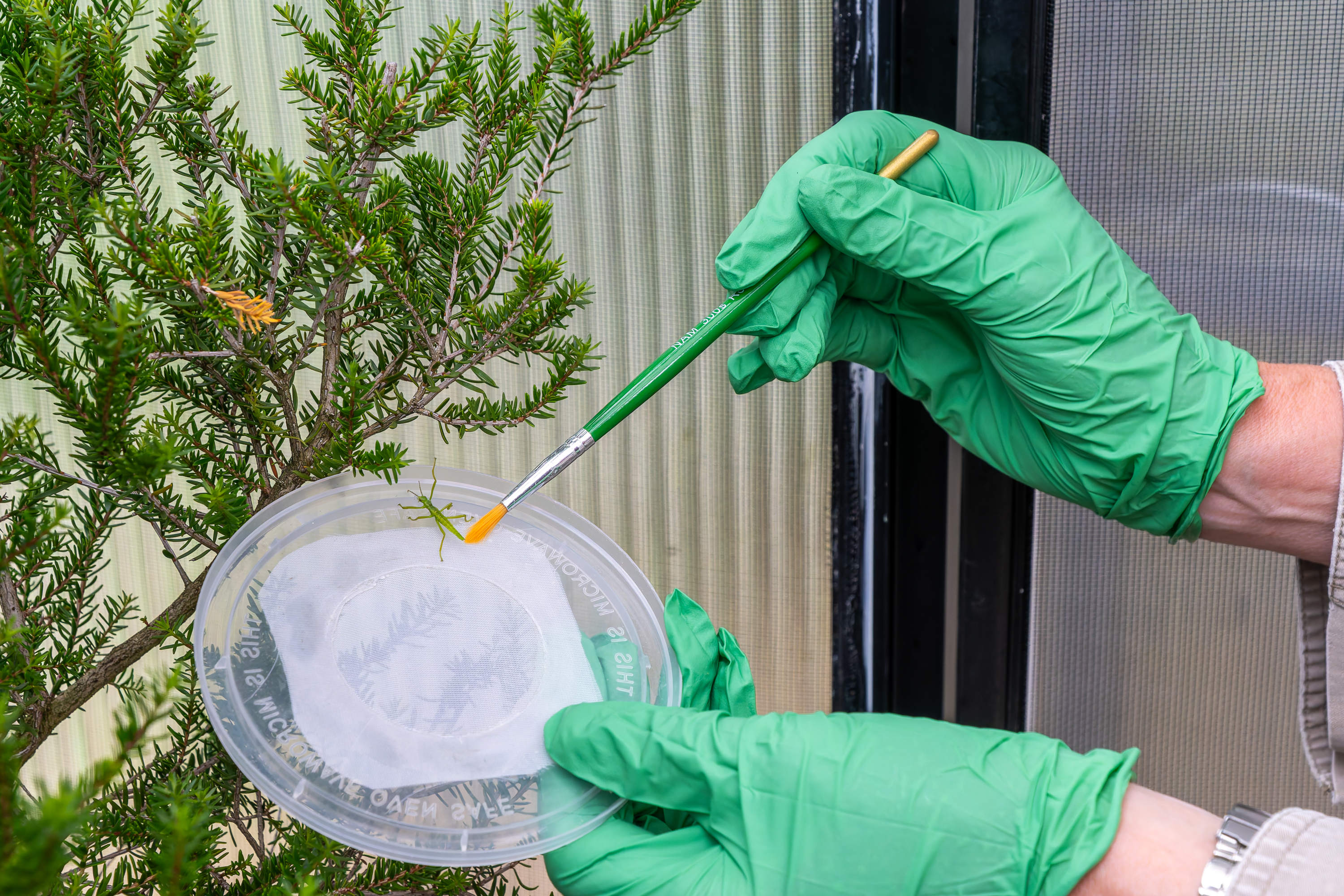
A stick insect nymph being placed on a tea tree bush in the breeding facility in Melbourne. Photo: Jaroslav Šimek, Prague Zoo
It was necessary to find out what other plants, besides the Lord Howe Island tea tree, could serve as food for the stick insects. There were two main reasons for this. First, it would allow the establishment of stick insect colonies at other breeding facilities outside Melbourne and Sydney. Second, there was a prevailing belief that the stick insects on Ball's Pyramid did not feed exclusively on the endemic tea tree due to strict dietary specialisation but simply because no other suitable food source was available. According to sparse historical records, the giant stick insects were once common on trees on Lord Howe Island, so scientists were keen to identify plant species that could serve as suitable food for reintroduced populations in the future.
Searching for new sources
Dozens of plant species were tested as potential food sources for the Lord Howe Island stick insects, starting with those native to Lord Howe Island. Finding a suitable diet for the rare phasmids was, however, no easy task. Some plant species were consumed only reluctantly, even though the stick insects thrived on them. Others were more preferred by the phasmids but led to health issues. Moreover, it became clear that the dietary requirements of adults only partially overlapped with those of nymphs.
Adult stick insects preferred the leaves of the Moreton Bay fig (Ficus macrophylla), but this diet was unsuitable for the nymphs. Across all age groups, the insects thrived when fed the leaves of several other native tree species, such as the scalybark (Syzygium fullagarii) and the scrub bloodwood (Baloghia inophylla).
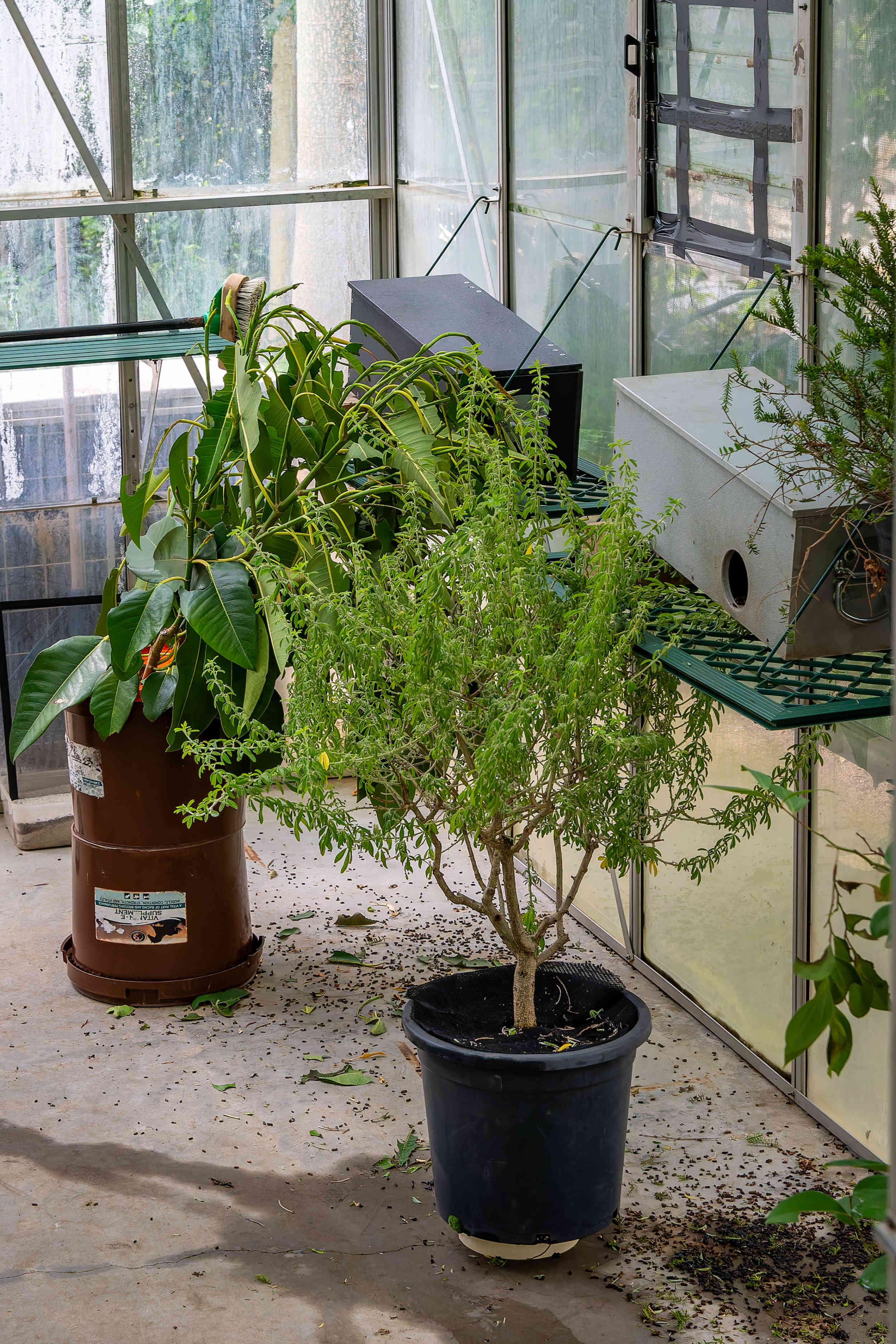
Offering various species of food plants to Lord Howe Island stick insects in the greenhouse of Melbourne Zoo. Photo: Jaroslav Šimek, Prague Zoo
Garden plants were also tested, including roses, lemon trees, guava, and other species introduced to Lord Howe Island by settlers in the past. Some of these, such as lemon trees and guava, were willingly consumed by the stick insects, but led to issues with reproduction. In the end, the most successful food sources were blackberry and tree lucerne, a plant native to the Canary Islands.
Plants for our phasmids
The search for suitable food plants continued beyond Australia, as not all species that proved successful there could be easily cultivated in other climates. Over time, one of the most important food plants for feeding the Lord Howe Island stick insect became the holm oak (Quercus ilex), which we also grow for this purpose at Prague Zoo.
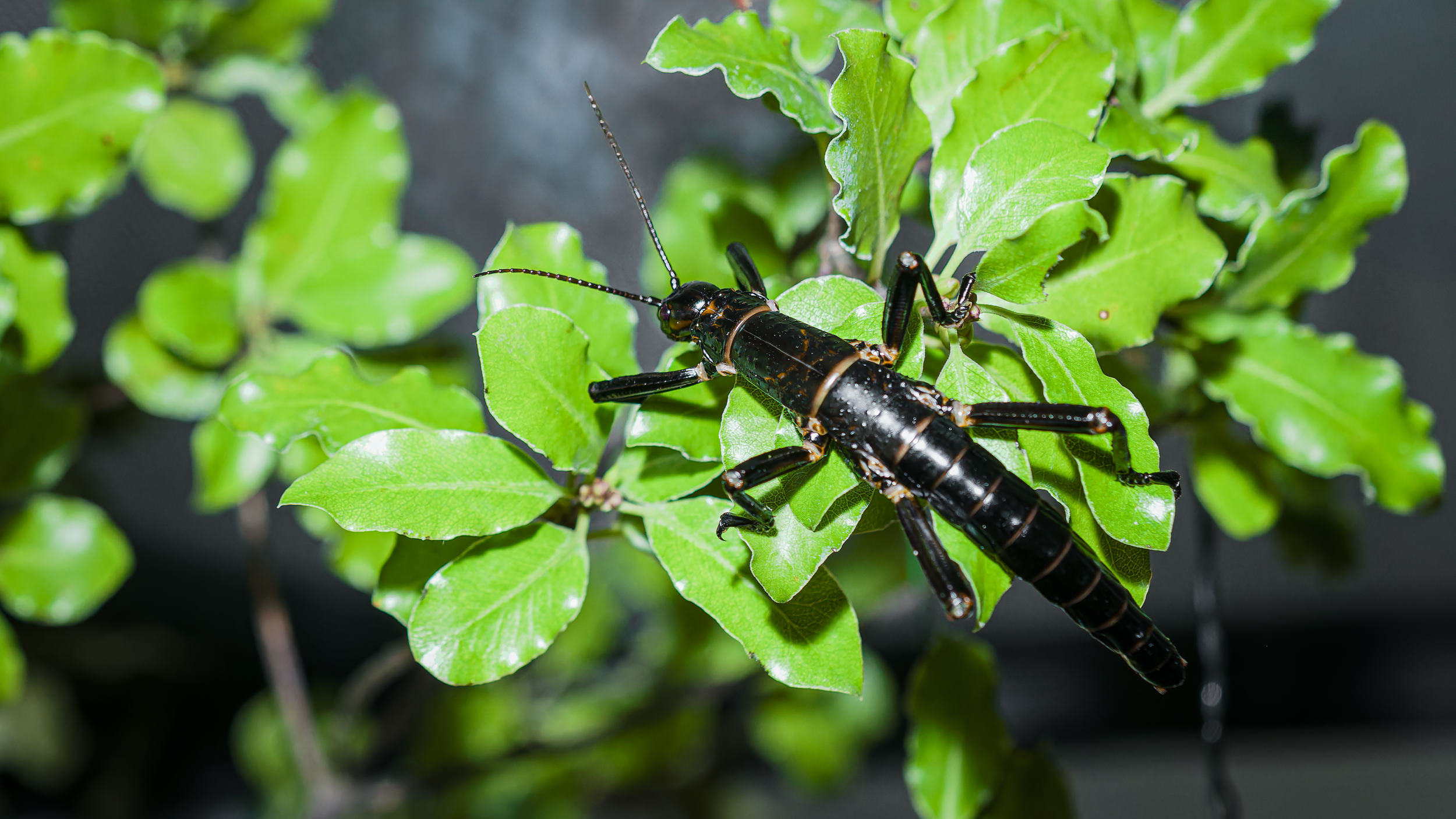
A Lord Howe Island stick insect on one of the food plants, the kōhūhū, in the breeding facility of Prague Zoo. Photo: Petr Hamerník, Prague Zoo
Other plants that we grow for our stick insects include Moreton Bay fig, kōhūhū shrub, and maidenhair vine. Some of these species can be seen, at least for part of the year, in the garden beds of the Ball’s Pyramid exhibit.
Holm oak (Quercus ilex)
An evergreen tree or large shrub originating from the Mediterranean region, where it once formed part of the now largely vanished evergreen forests. Today, it primarily grows in Mediterranean scrubland known as maquis. At the Ball’s Pyramid exhibit, it is grown outdoors year-round.
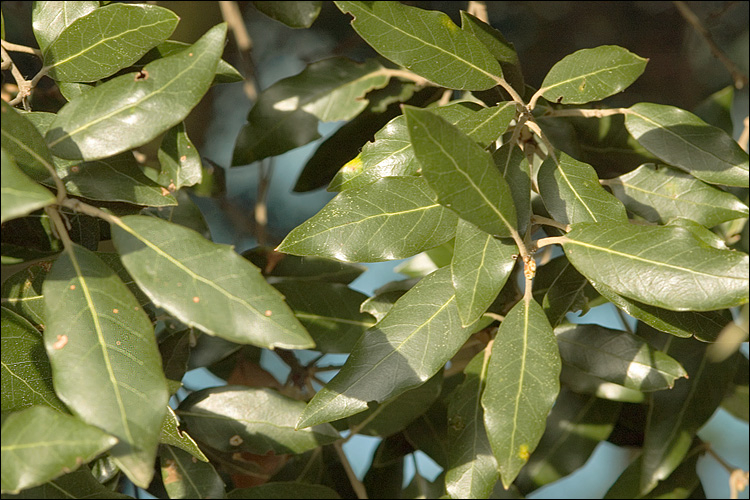
Holm oak (Quercus ilex). Photo: Dr. Amadej Trnkoczy, CC BY-NC-SA 3.0 (Wikimedia Commons)
Moreton Bay fig (Ficus macrophylla)
A sprawling tree with column-like aerial roots that, upon reaching the ground, grow into new trunks. It is native to Lord Howe Island. Its enormous leaves are the preferred food of adult stick insects. At Prague Zoo, it’s grown in a greenhouse.
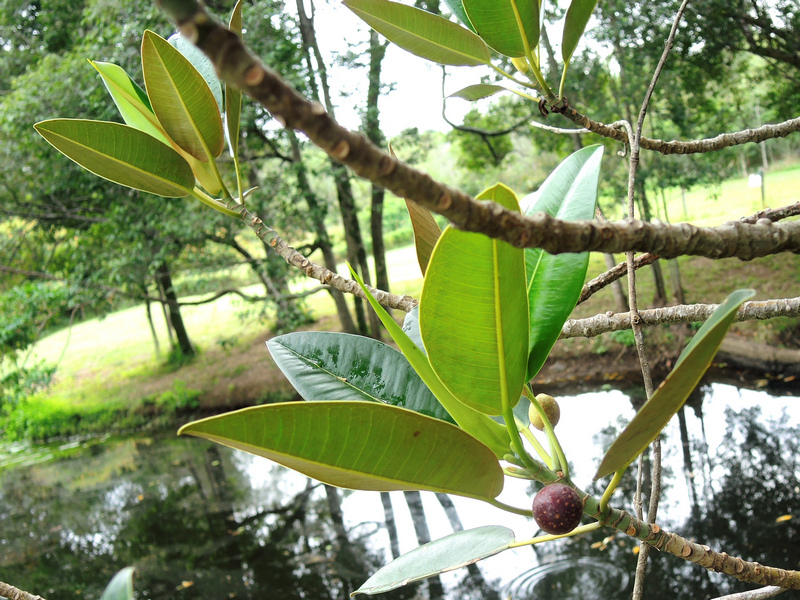
Moreton Bay fig (Ficus macrophylla). Photo: Michael Kesl (biolib.cz)
Kōhūhū (Pittosporum tenuifolium)
An evergreen large shrub native to New Zealand, growing up to 10 metres in height. Its small, dark, red-purple flowers emit a fragrance only at night, attracting nocturnal insects. During the vegetative season, it can be seen in the garden beds of the Ball’s Pyramid exhibit. However, it cannot withstand Czech winter temperatures, so we bring it indoors for the colder months.
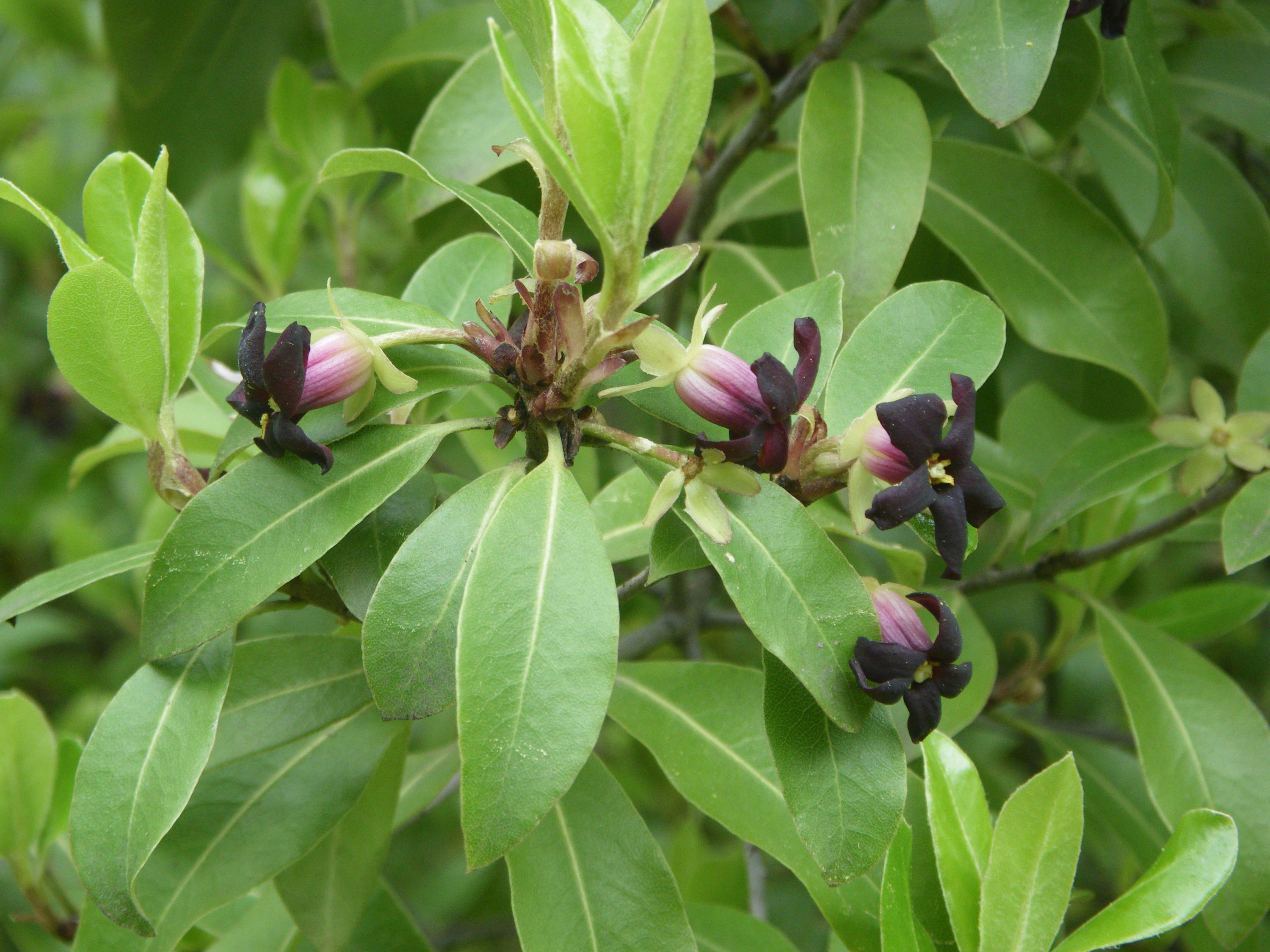
Kōhūhū (Pittosporum tenuifolium). Photo: Cillas, CC BY-SA 4.0 (Wikimedia Commons)
Maidenhair vine (Muehlenbeckia complexa)
A fast-growing vine from New Zealand, consisting of long, woody stems with small leaves. Interestingly, the otherwise leaf-eating phasmids consume only its tough stems. We grow it outdoors only during the warmer months in the Ball’s Pyramid exhibit.
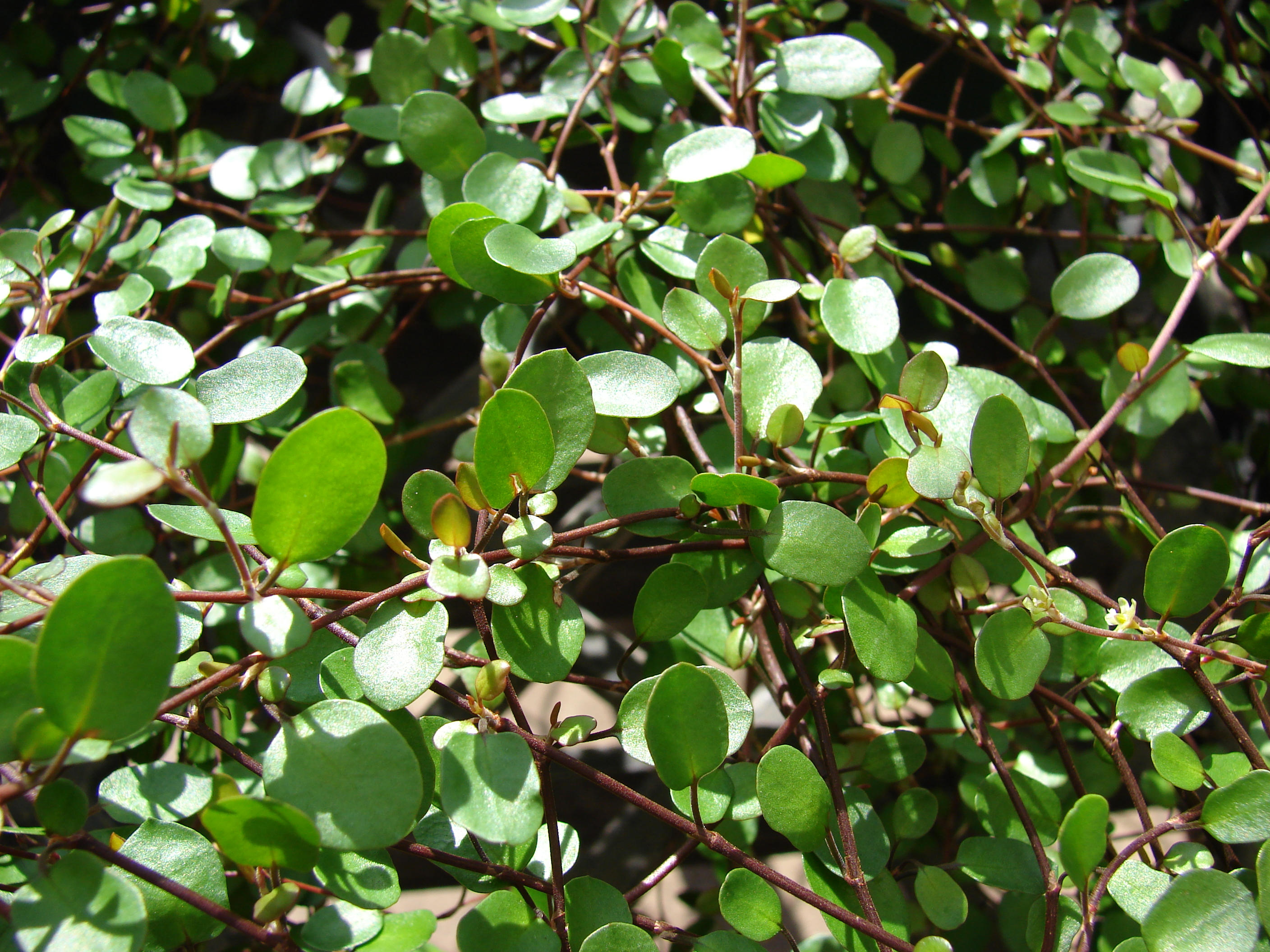
Maidenhair vine (Muehlenbeckia complexa). Photo: Forest & Kim Starr, CC BY 3.0 (Wikimedia Commons)
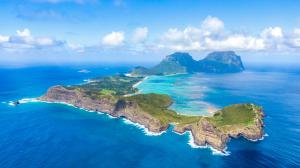
The Lord Howe Island stick insect (Dryococelus australis) originally inhabited Lord Howe Island, lying in the Tasman Sea, at the southern edge of the Pacific Ocean, approximately 700 km northeast of Sydney. It is crescent-shaped, formed from an eroded volcano, and measures 12 km in length and 3 km in width.
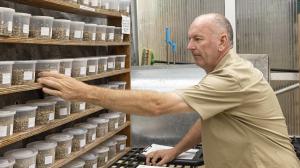
After the discovery of the live Lord Howe Island stick insects on Ball’s Pyramid in 2001, it was decided to establish a conservation breeding programme for the species. Over the years, a total of five specimens were collected from the sea stack. Thanks to the dedication and immense efforts of conservation teams working to...
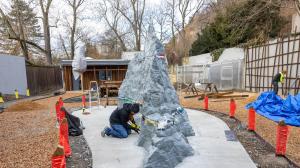
In the unique Ball’s Pyramid exhibit, you will see both the Lord Howe Island stick insects themselves, which were long considered an extinct species, and a scaled-down model of the rocky sea stack where they survived. Discover the story of faith, enthusiasm, and immense effort that has been put into saving a species that...
ZOOPRAHA.CZ
Contacts
- The Prague zoological garden
U Trojskeho zamku 120/3
171 00 Praha 7
Phone.: (+420) 296 112 230 (public relations department)
e-mail: zoopraha@zoopraha.cz
Others


